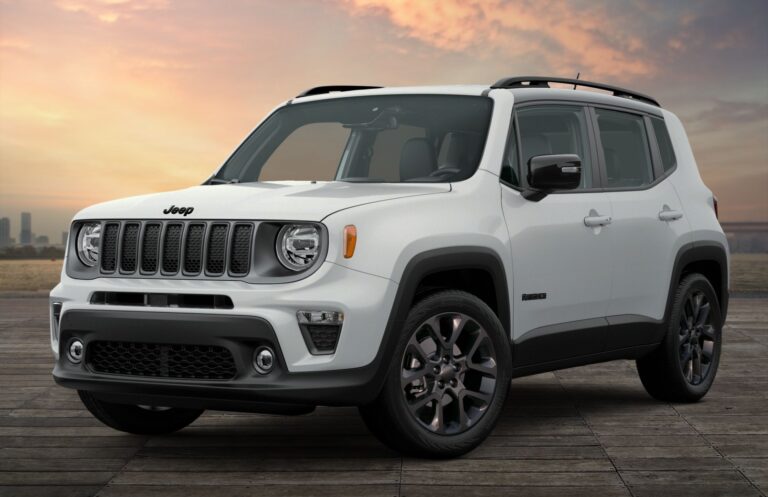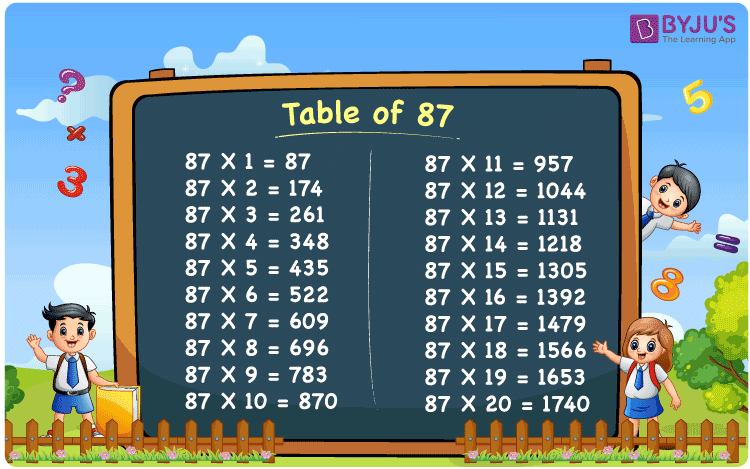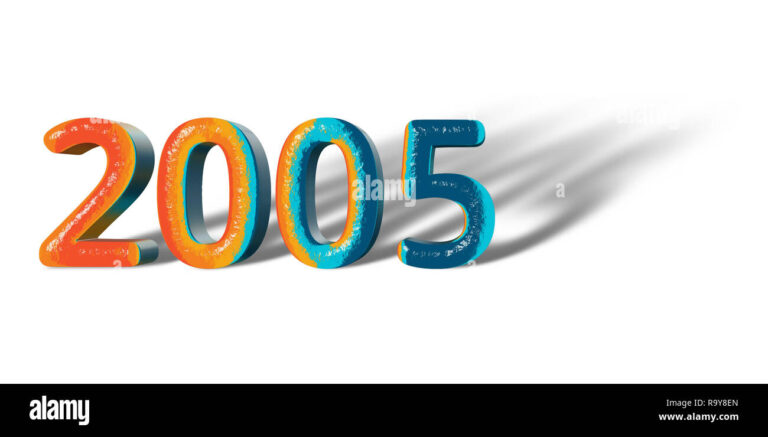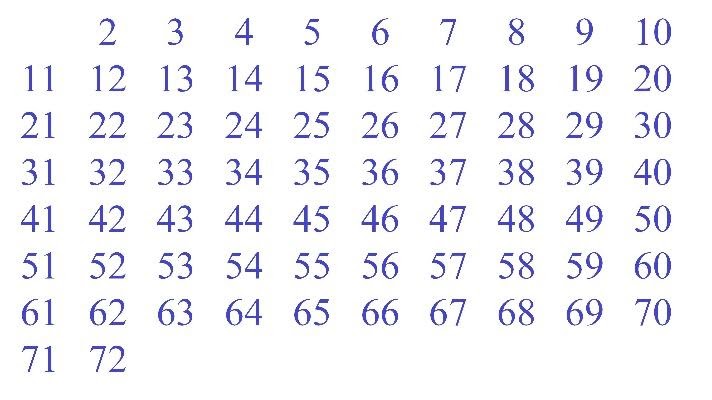1979 Jeep CJ7 For Sale: A Comprehensive Buyer’s Guide to an Enduring Icon
1979 Jeep CJ7 For Sale: A Comprehensive Buyer’s Guide to an Enduring Icon /jeeps.truckstrend.com
The allure of a classic Jeep is undeniable, and among the pantheon of off-road legends, the 1979 Jeep CJ7 holds a particularly cherished place. More than just a vehicle, the CJ7 represents a bygone era of raw, unadulterated adventure, a symbol of freedom and rugged capability. For enthusiasts, collectors, and those simply seeking a unique driving experience, a 1979 Jeep CJ7 for sale isn’t just an advertisement; it’s an invitation to own a piece of automotive history.
This comprehensive guide will delve into everything you need to know about finding, evaluating, and owning a 1979 Jeep CJ7. From its historical significance and key features to critical buying considerations and long-term ownership tips, we’ll equip you with the knowledge to make an informed decision and embark on your own CJ7 journey.
1979 Jeep CJ7 For Sale: A Comprehensive Buyer’s Guide to an Enduring Icon
The Enduring Appeal of the 1979 Jeep CJ7
The Jeep CJ (Civilian Jeep) series traces its lineage directly back to the military Willys MB of World War II. By the late 1970s, the CJ7 had evolved into a more refined, yet still undeniably robust, iteration of its predecessors. Introduced in 1976, the CJ7 featured a slightly longer wheelbase than the CJ5, allowing for a more stable ride and the accommodation of an automatic transmission, a significant comfort upgrade for many.
The 1979 model year specifically falls within a sweet spot for many collectors. It retains the classic, no-nonsense aesthetics and mechanical simplicity that define the CJ era, while benefiting from several years of production refinements. This makes it a popular choice for those who appreciate vintage charm without the extreme rarity or complexity of earlier models. Its reputation for go-anywhere capability, coupled with a booming aftermarket industry, ensures that the 1979 CJ7 remains a highly sought-after vehicle, whether for off-road expeditions, weekend cruising, or a meticulous restoration project.
Key Features and Specifications of the 1979 CJ7
Understanding the core characteristics of a 1979 CJ7 is crucial for evaluating any potential purchase.
Engine Options:
For 1979, the CJ7 offered a choice of two robust AMC engines:
- 258 cu in (4.2L) Inline-6 (I6): This was the standard engine, renowned for its torque, reliability, and ease of maintenance. It’s a popular choice for off-roading due to its low-end grunt.
- 304 cu in (5.0L) V8: An optional upgrade, the 304 V8 provided significantly more horsepower and a more spirited driving experience, albeit with a trade-off in fuel economy.

Transmission Options:
Depending on the engine and original configuration, you might find:
- Manual Transmissions: Common options included the T-150 3-speed, the heavy-duty T-18 4-speed (often with a very low first gear), and less commonly, the T-176 4-speed.
- Automatic Transmission: The GM-sourced TH400 3-speed automatic was available, particularly with the V8 engine, offering a smoother driving experience.
Drivetrain and Axles:
- Transfer Case: The standard transfer case was the Dana 20, known for its durability. Some later 1979 models might have been equipped with the chain-driven NP208.
- Axles: Typically, a Dana 30 front axle and an AMC 20 rear axle. The AMC 20 is generally considered robust but is prone to axle tube bending under extreme stress or with large tires, making it a common upgrade target for serious off-roaders.
Suspension:
- All 1979 CJ7s came with a simple and effective leaf spring suspension system on both front and rear axles, providing a rugged, if somewhat firm, ride.
Body and Trim:
- The CJ7’s open-top design is iconic, typically featuring a removable soft top or an optional hardtop. Full steel doors were available, as were half doors.
- Common trim levels for 1979 included the standard CJ7, the "Renegade" package (sporting wider tires, special decals, and often a larger engine), and the "Golden Eagle" package (a more ornate, top-tier trim with unique graphics and features).
Why Buy a 1979 Jeep CJ7 Today?
The appeal of the 1979 CJ7 goes beyond nostalgia:
- Classic Status & Head-Turner: Owning a CJ7 means driving a piece of history that consistently draws attention and admiration.
- Mechanical Simplicity: Unlike modern vehicles laden with complex electronics, the 1979 CJ7 is mechanically straightforward. This makes it easier for the average enthusiast to perform maintenance and repairs, reducing ownership costs.
- Abundant Aftermarket Support: The CJ7 boasts one of the most robust aftermarket parts industries in the automotive world. From replacement components to performance upgrades and aesthetic customizations, virtually anything you need is available.
- Exceptional Off-Road Capability: With its short wheelbase, solid axles, and robust 4WD system, the CJ7 remains a highly capable off-road machine, easily tackling challenging terrains.
- Investment Potential: Well-maintained, original, or professionally restored CJ7s have shown a steady appreciation in value, making them not just a hobby but potentially a sound investment.
- Pure Driving Experience: The open-air, unfiltered connection to the road (or trail) that a CJ7 offers is a unique and exhilarating experience unmatched by modern SUVs.
Navigating the Market: Important Considerations When Buying
Finding the right 1979 Jeep CJ7 for sale requires diligence. Here are the critical areas to inspect:
- Rust, Rust, Rust: This is the CJ7’s Achilles’ heel. Thoroughly inspect the frame, particularly where the spring hangers attach, the front and rear crossmembers, and around the steering box. Check the body tub, especially the floorboards, rocker panels, rear quarter panels, and the area around the windshield frame. Surface rust is common and manageable, but extensive structural rust is a major red flag and costly to repair.
- Engine and Drivetrain Health:
- Engine: Listen for knocking, excessive smoke, or unusual noises. Check for fluid leaks. A well-maintained 258 I6 should run smoothly.
- Transmission & Transfer Case: Test all gears, including 4WD high and low. Look for grinding, difficulty shifting, or popping out of gear.
- Axles: Check for leaks around the differential covers and axle shafts. Listen for whining noises from the differentials.
- Suspension and Steering:
- Leaf Springs: Check for sagging, broken leaves, or excessive rust.
- Shocks: Look for leaks or damage.
- Steering Play: Excessive play in the steering wheel indicates worn tie rod ends, a failing steering box, or other loose components.
- Electrical System: Often a source of frustration in older vehicles. Test all lights, gauges, wipers, and the heater/blower motor. Look for frayed wires or amateur wiring jobs.
- Previous Modifications: Many CJ7s have been modified. Evaluate the quality of these modifications. Are they professionally done or DIY? Do they align with your intended use? An engine swap, for instance, might be appealing but ensure it was done correctly and legally.
- Paperwork and Documentation: Always ensure the vehicle has a clean title that matches the VIN on the vehicle. Any maintenance records or build sheets are a huge bonus, indicating a well-cared-for vehicle.
- Pre-Purchase Inspection (PPI): If you’re serious about a vehicle, especially one from out of state, invest in a PPI by a reputable mechanic familiar with vintage Jeeps. This can save you thousands in unforeseen repairs.
Tips for a Successful Purchase
- Set a Realistic Budget: Beyond the purchase price, budget for immediate maintenance, potential repairs, and possibly upgrades. Rarely is a classic Jeep "perfect."
- Do Your Homework: Research common issues for the 1979 CJ7. Join online forums and owner groups – they are invaluable resources for advice and support.
- Be Patient: The right CJ7 for you might not be the first one you see. Wait for a vehicle that meets your criteria and budget.
- Ask Questions: Don’t hesitate to ask the seller detailed questions about the vehicle’s history, maintenance, and any known issues. A transparent seller is a good sign.
- Consider Your Intended Use: Are you looking for a daily driver, a dedicated off-roader, or a show queen? Your intended use will heavily influence the type and condition of CJ7 you should pursue.
Common Upgrades and Customization
One of the joys of CJ7 ownership is the ability to customize it to your liking. Popular upgrades include:
- Lift Kits and Larger Tires: For enhanced off-road clearance and a more aggressive look.
- Engine Swaps: Replacing the original engine with a more powerful (e.g., modern V8) or fuel-efficient (e.g., diesel) powerplant.
- Axle Upgrades: Replacing the AMC 20 rear axle with a Dana 44 or Ford 9-inch for increased strength.
- Interior Modernization: Upgrading seats for comfort, installing modern gauges, or adding improved audio systems.
- Body Armor and Recovery Gear: Heavy-duty bumpers, rock sliders, and winches for serious off-roading.
- Lighting: LED headlights and auxiliary lights for improved visibility.
Maintaining Your Classic CJ7
Owning a classic vehicle like the 1979 CJ7 is an ongoing commitment. Regular maintenance is key to longevity:
- Fluid Changes: Adhere to a strict schedule for engine oil, transmission fluid, transfer case fluid, and differential fluid.
- Rust Prevention: Keep the vehicle clean, especially after off-roading or exposure to salt. Address any new rust spots promptly. Consider undercoating.
- Lubrication: Regularly grease all chassis components (u-joints, steering linkage, etc.).
- Monitor for Worn Parts: Be vigilant about unusual noises, vibrations, or changes in handling. Proactive replacement of worn components is always cheaper than reactive repairs.
- Find a Reputable Mechanic: While CJs are simple, finding a mechanic who understands older vehicles and 4x4s is invaluable.
1979 Jeep CJ7 Estimated Price Guide
The price of a 1979 Jeep CJ7 can vary wildly based on its condition, originality, modifications, and geographical location. This table provides a general estimate:
| Condition Category | Description



